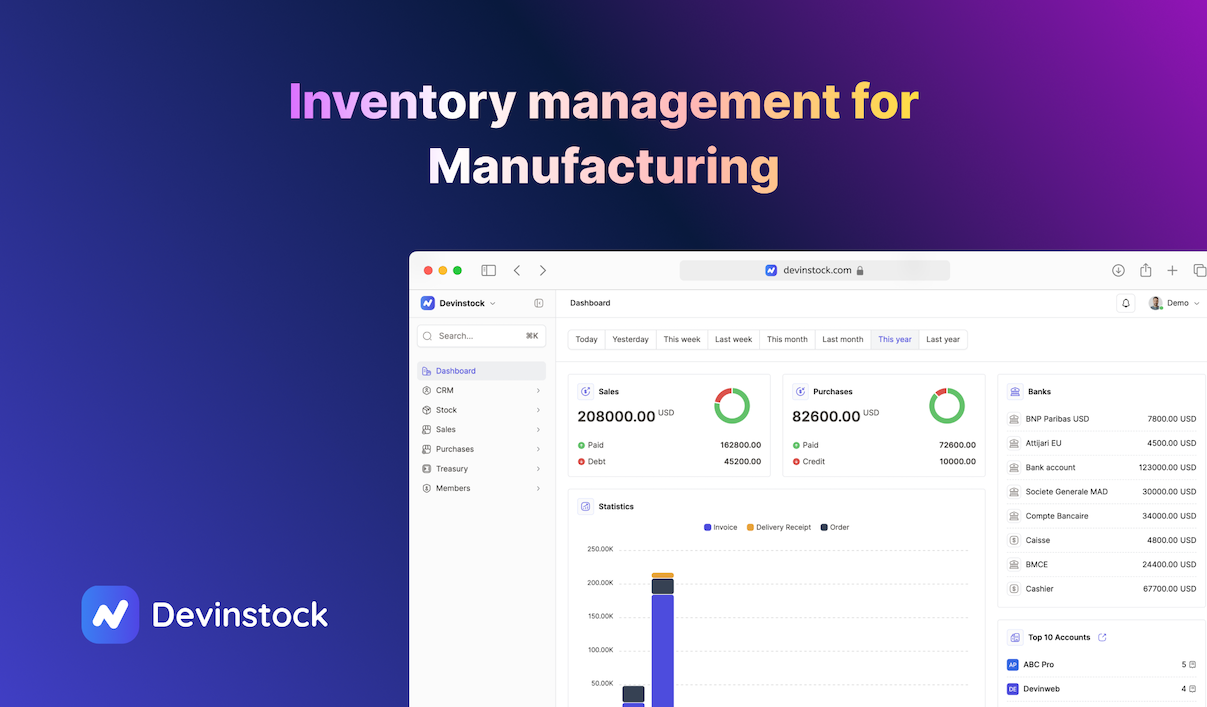Buying a home is one of the biggest dreams for many of us. But very few people can pay for one with cash. That is where a mortgage can help. It is simply a loan that you can take to buy property. The borrower agrees to pay the lender over time.
This means the lender has a claim on it until the debt is fully paid. Here is a guide to understand mortgages, how they work, and the types.
Understanding Various Mortgage Options
There are various types of mortgages. The most important thing is to know mortgage options so that you can get the best one to suit your financial needs. Some of these mortgages include:
Fixed-Rate Mortgages
It is the simplest and most popular form of mortgage. Under a fixed-rate loan, the interest rate remains constant throughout the loan period. This gives it greater predictability, thus making it easier to budget in the long term.
Adjustable-Rate Mortgages (ARMs)
An ARM has a variable interest rate that may vary with time. Normally, the first few years will come with a low and fixed introductory rate.
The rate is adjusted periodically after this initial period, depending on the market conditions. However, they have a risk that your monthly payments may go up dramatically in case interest rates rise.
Reverse Mortgages
This type of loan is specially designed for homeowners aged 62 or older who want to convert their equity in their home into money. This means the owner can receive the cash against the value of their home. The entire loan balance becomes due once the owner dies or sells the home.
How Does a Mortgage Actually Work?
When you take out a mortgage, you are borrowing a huge amount of money to buy a house. This loan is then paid back in installments over time, usually monthly. These payments are normally separated into two components: the principal and the interest.
- Principal: This is the amount that you initially borrowed.
- Interest: This is the amount that the lender charges you to borrow their money.
The majority of mortgages are structured in such a way that the amount of your monthly payment will remain the same over the life of the loan. The most frequent loan terms are 15 years or 30 years.
The Process of Getting a Mortgage
Here’s a breakdown of the steps:
Application
You will begin by submitting an application to a lender, which may be a bank, credit union, or a special mortgage company. The lender will ask for evidence that you are capable of paying the loans. This might involve documents like tax returns, pay stubs, and bank statements.
Pre-Approval
Most consumers are pre-qualified to obtain a mortgage while they continue with their house search. This involves a lender having gone through your finances and agreeing to provide you with a certain amount at a certain interest rate.
Closing
After accepting an offer on a house, you will implement a closing. This is the last stage when the property is actually handed over to you. At the closing, you will sign the final loan documents and make the down payment.





